Home>Furniture & Design>Bathroom Accessories>When Was The Toothbrush Invented
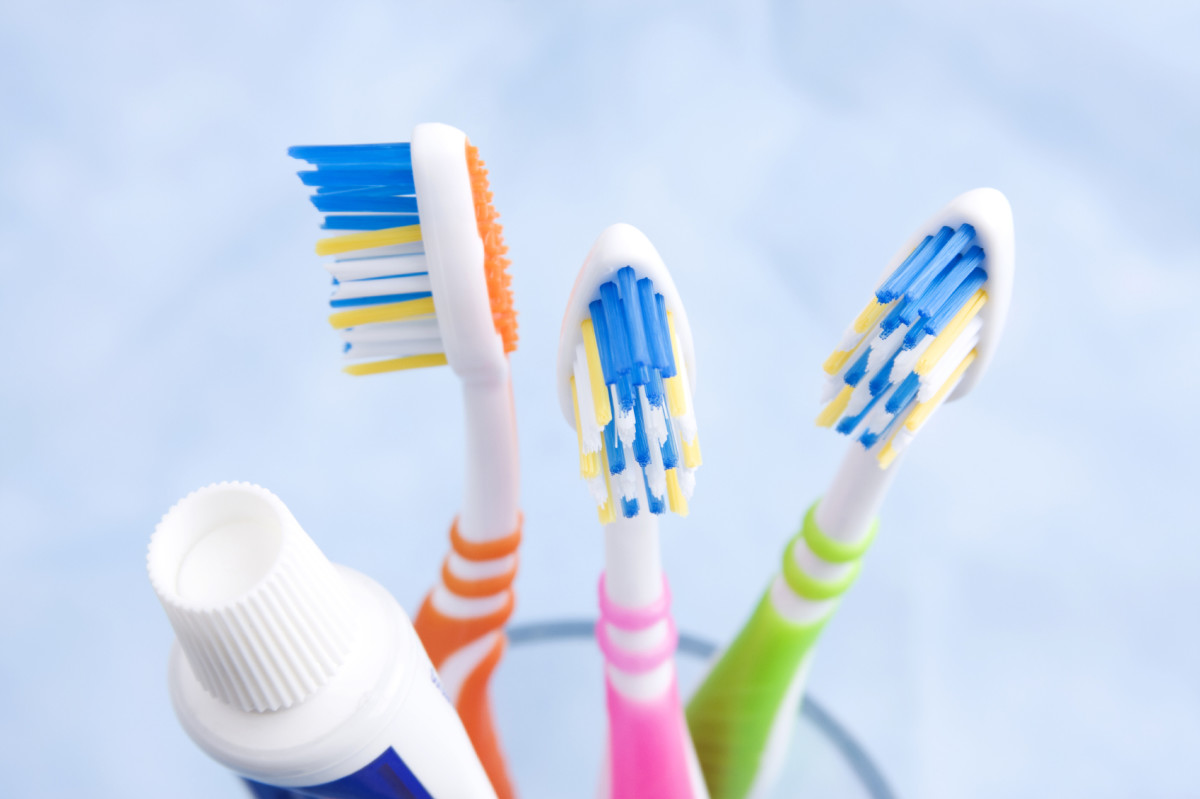

Bathroom Accessories
When Was The Toothbrush Invented
Published: February 10, 2024
Discover the history of the toothbrush and its invention, along with other bathroom accessories. Learn about the evolution of dental hygiene tools and their impact on oral health.
(Many of the links in this article redirect to a specific reviewed product. Your purchase of these products through affiliate links helps to generate commission for Storables.com, at no extra cost. Learn more)
Introduction
The toothbrush is an essential tool for maintaining oral hygiene, but have you ever wondered about its origins? The history of the toothbrush is a fascinating journey that spans thousands of years and reflects the evolution of human civilization. From rudimentary teeth-cleaning tools to the sophisticated modern toothbrushes we use today, the story of this indispensable bathroom accessory is a testament to human ingenuity and the pursuit of better health.
Throughout history, various cultures have devised inventive methods to clean their teeth and maintain oral hygiene. These early tooth-cleaning tools were often crafted from natural materials such as twigs, feathers, and animal bones. The ancient Egyptians, for example, used frayed twigs to scrub their teeth, while the Greeks and Romans fashioned toothpicks from materials like silver and gold. These early dental implements laid the groundwork for the development of more advanced tooth-cleaning devices.
The invention of the first modern toothbrush is attributed to William Addis, an English entrepreneur, who is said to have crafted the prototype while imprisoned in 1770. Addis's design featured a handle made of cattle bone and boar bristles affixed to the head, marking a significant leap forward in dental hygiene technology. This innovation revolutionized oral care practices and set the stage for the mass production of toothbrushes.
The evolution of the toothbrush has been marked by remarkable advancements in design, materials, and functionality. Over time, toothbrushes have undergone significant transformations, with the introduction of nylon bristles in the mid-20th century representing a pivotal development. This shift from natural to synthetic bristles not only improved the effectiveness of toothbrushes but also made them more affordable and accessible to a wider population.
As we delve into the history of the toothbrush, it becomes evident that this everyday item has a rich and storied past. From its humble beginnings as a simple teeth-cleaning tool to its status as a vital component of personal hygiene, the toothbrush has evolved alongside human civilization. Understanding the origins and evolution of the toothbrush not only provides insight into the history of oral care but also underscores the importance of maintaining good dental hygiene practices.
The journey of the toothbrush is a testament to human innovation and the constant quest for improved health and well-being. As we continue to explore the history and significance of this indispensable bathroom accessory, we gain a deeper appreciation for the role it plays in our daily lives and its enduring impact on global oral health.
Key Takeaways:
- The toothbrush has a fascinating history, from ancient civilizations using twigs and feathers to the first modern toothbrush invented in 1770, showcasing human ingenuity in oral hygiene.
- The evolution of the toothbrush, from natural to synthetic bristles and the introduction of electric and smart toothbrushes, reflects our relentless pursuit of improved dental care and better health.
Early Tooth Cleaning Tools
The quest for dental hygiene dates back to ancient civilizations, where early humans sought ways to maintain the cleanliness of their teeth using rudimentary tools and natural materials. These early tooth-cleaning implements were a testament to human ingenuity and the resourcefulness of our ancestors in addressing oral hygiene needs.
In ancient times, various cultures devised inventive methods to clean their teeth and promote oral health. The ancient Egyptians, for example, used frayed twigs, known as "chew sticks," to scrub their teeth and massage their gums. This practice not only helped remove food particles and plaque but also contributed to overall oral hygiene. Similarly, the Greeks and Romans fashioned toothpicks from materials such as silver and gold, demonstrating their commitment to dental care.
The Chinese also played a significant role in the early development of tooth-cleaning tools. As far back as 1600 BC, they were using "chewing sticks" made from aromatic tree twigs to freshen their breath and maintain dental hygiene. These chewing sticks, often infused with natural flavors and medicinal properties, served as an early form of toothbrush and mouth freshener.
In other parts of the world, indigenous cultures utilized a variety of natural materials to fashion tooth-cleaning tools. For instance, some Native American tribes used chewed twigs with frayed ends to clean their teeth, while the ancient Indian practice of "Datu" involved the use of twigs from the neem tree, known for its antibacterial properties.
The use of natural materials for oral hygiene extended beyond twigs and sticks. Feathers, animal bones, and even porcupine quills were repurposed to create tooth-cleaning implements in different societies, reflecting the diverse approaches to dental care across cultures.
These early tooth-cleaning tools, while primitive by modern standards, laid the foundation for the development of more advanced dental hygiene practices. They exemplify the resourcefulness and creativity of our ancestors in addressing the universal need for oral care, setting the stage for the evolution of the modern toothbrush.
The transition from these early tooth-cleaning tools to the sophisticated toothbrushes we use today represents a remarkable journey of innovation and progress in the realm of oral hygiene. Understanding the origins of these early dental implements provides valuable insight into the historical significance of dental care and the enduring human quest for improved health and well-being.
The First Modern Toothbrush
The invention of the first modern toothbrush is attributed to William Addis, an English entrepreneur, who is said to have crafted the prototype while imprisoned in 1770. Addis's ingenuity and resourcefulness in developing the modern toothbrush marked a significant milestone in the history of oral hygiene.
During his time in prison, Addis recognized the need for a more effective and hygienic method of cleaning teeth. Legend has it that he was inspired by the idea while observing a broomstick through the bars of his cell window. This moment of insight led him to conceive a revolutionary design that would transform dental care practices.
Addis's initial design featured a handle made of cattle bone, which provided a sturdy and ergonomic grip for maneuvering the toothbrush during use. The use of bone as a handle material not only showcased Addis's resourcefulness in utilizing available resources but also contributed to the durability and longevity of the toothbrush.
The head of Addis's toothbrush was equipped with boar bristles, which served as the cleaning mechanism for the teeth and gums. The incorporation of bristles represented a significant departure from previous tooth-cleaning tools, as it offered a more effective means of removing food particles and plaque from the teeth. This innovation laid the foundation for the modern toothbrush's ability to provide thorough and efficient oral hygiene.
Upon his release from prison, Addis established a toothbrush manufacturing business, laying the groundwork for the mass production and widespread availability of toothbrushes. His entrepreneurial spirit and commitment to improving oral hygiene practices contributed to the popularization of the modern toothbrush, making it accessible to a broader segment of the population.
The introduction of the first modern toothbrush represented a paradigm shift in dental care, setting new standards for oral hygiene and paving the way for subsequent advancements in toothbrush design and functionality. Addis's innovative approach to addressing the need for improved dental hygiene not only revolutionized oral care practices but also underscored the importance of continuous innovation in promoting overall health and well-being.
The legacy of William Addis and his pioneering invention continues to resonate in the realm of oral hygiene, serving as a testament to the enduring impact of human ingenuity and the quest for better health. The first modern toothbrush stands as a symbol of progress and innovation, embodying the ongoing pursuit of enhanced dental care for individuals worldwide.
The toothbrush was invented in China during the Tang Dynasty around the 7th century. It was made from hog bristles attached to a handle made of bamboo or bone.
Evolution of the Toothbrush
The evolution of the toothbrush spans centuries and reflects the continuous quest for improved oral hygiene and dental care. From its humble origins to the sophisticated designs available today, the toothbrush has undergone remarkable transformations, driven by innovation, technology, and a deep understanding of dental health.
The early tooth-cleaning tools, crafted from natural materials such as twigs, feathers, and animal bones, paved the way for the development of the first modern toothbrush by William Addis in 1770. Addis's innovative design, featuring a handle made of cattle bone and boar bristles affixed to the head, marked a significant leap forward in dental hygiene technology. This milestone laid the foundation for the evolution of the toothbrush into a widely used and indispensable tool for oral care.
The introduction of nylon bristles in the mid-20th century represented a pivotal development in the evolution of the toothbrush. This transition from natural to synthetic bristles not only improved the effectiveness of toothbrushes but also made them more affordable and accessible to a wider population. The nylon bristles offered enhanced durability and cleaning capabilities, revolutionizing the way individuals maintained their dental health.
As technology advanced, the toothbrush continued to evolve, with the introduction of electric and sonic toothbrushes offering new levels of efficiency and convenience. Electric toothbrushes, equipped with rotating or vibrating bristle heads, provided enhanced plaque removal and gum stimulation, catering to diverse dental care needs. The sonic toothbrushes, utilizing high-frequency vibrations to dislodge plaque and debris, further exemplified the ongoing evolution of toothbrush technology.
In recent years, the integration of smart features into toothbrush designs has redefined the concept of oral care. Smart toothbrushes equipped with sensors and connectivity capabilities offer real-time feedback on brushing techniques, ensuring thorough and effective cleaning. These technological advancements reflect a commitment to enhancing the user experience and promoting optimal dental health outcomes.
The evolution of the toothbrush continues to be shaped by ongoing research, innovation, and a dedication to improving oral hygiene practices. From traditional manual toothbrushes to advanced electric and smart models, the evolution of the toothbrush underscores the enduring pursuit of better dental care for individuals worldwide. As the journey of the toothbrush unfolds, it serves as a testament to human innovation and the relentless quest for improved health and well-being.
Conclusion
The history of the toothbrush is a testament to human ingenuity and the enduring quest for improved oral hygiene. From the early tooth-cleaning tools used by ancient civilizations to the revolutionary invention of the first modern toothbrush by William Addis, the evolution of this essential dental instrument reflects the continuous pursuit of better health and well-being.
The journey of the toothbrush spans millennia, encompassing diverse cultures, materials, and technological advancements. Early tooth-cleaning tools, crafted from natural materials such as twigs, feathers, and animal bones, laid the groundwork for the development of the modern toothbrush. These primitive yet innovative implements showcased the resourcefulness and creativity of our ancestors in addressing the universal need for oral care.
The introduction of the first modern toothbrush by William Addis in 1770 marked a pivotal moment in the history of dental hygiene. Addis's entrepreneurial spirit and commitment to improving oral care practices revolutionized the way individuals maintained their dental health. His innovative design, featuring a handle made of cattle bone and boar bristles affixed to the head, set new standards for dental hygiene and paved the way for the mass production of toothbrushes.
The evolution of the toothbrush continued with the introduction of nylon bristles in the mid-20th century, signaling a significant advancement in toothbrush technology. This transition from natural to synthetic bristles not only improved the effectiveness of toothbrushes but also made them more accessible to a wider population. Subsequent developments, including electric, sonic, and smart toothbrushes, further exemplified the ongoing innovation and dedication to enhancing oral care practices.
As we reflect on the history and evolution of the toothbrush, it becomes evident that this everyday item has a rich and storied past. The toothbrush, once a simple teeth-cleaning tool, has evolved into a sophisticated instrument that plays a vital role in maintaining oral health. The enduring legacy of the toothbrush serves as a reminder of the importance of dental hygiene and the impact of continuous innovation on global oral health.
In conclusion, the history of the toothbrush is a testament to human innovation and the relentless pursuit of improved dental care. As we embrace the advancements in toothbrush technology and the ongoing commitment to oral hygiene, we honor the legacy of the toothbrush as a symbol of progress and the enduring quest for better health for individuals worldwide.
Frequently Asked Questions about When Was The Toothbrush Invented
Was this page helpful?
At Storables.com, we guarantee accurate and reliable information. Our content, validated by Expert Board Contributors, is crafted following stringent Editorial Policies. We're committed to providing you with well-researched, expert-backed insights for all your informational needs.
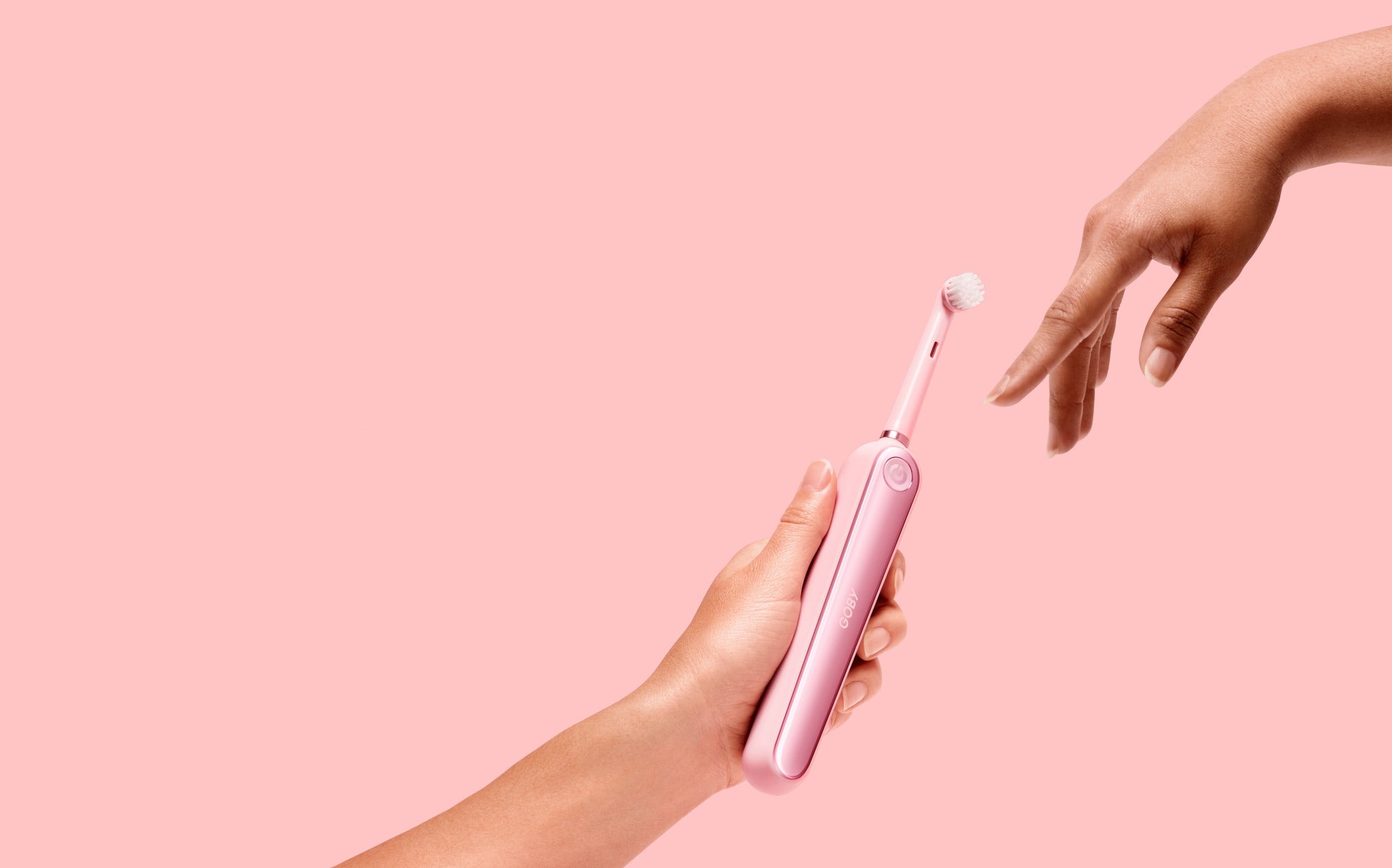
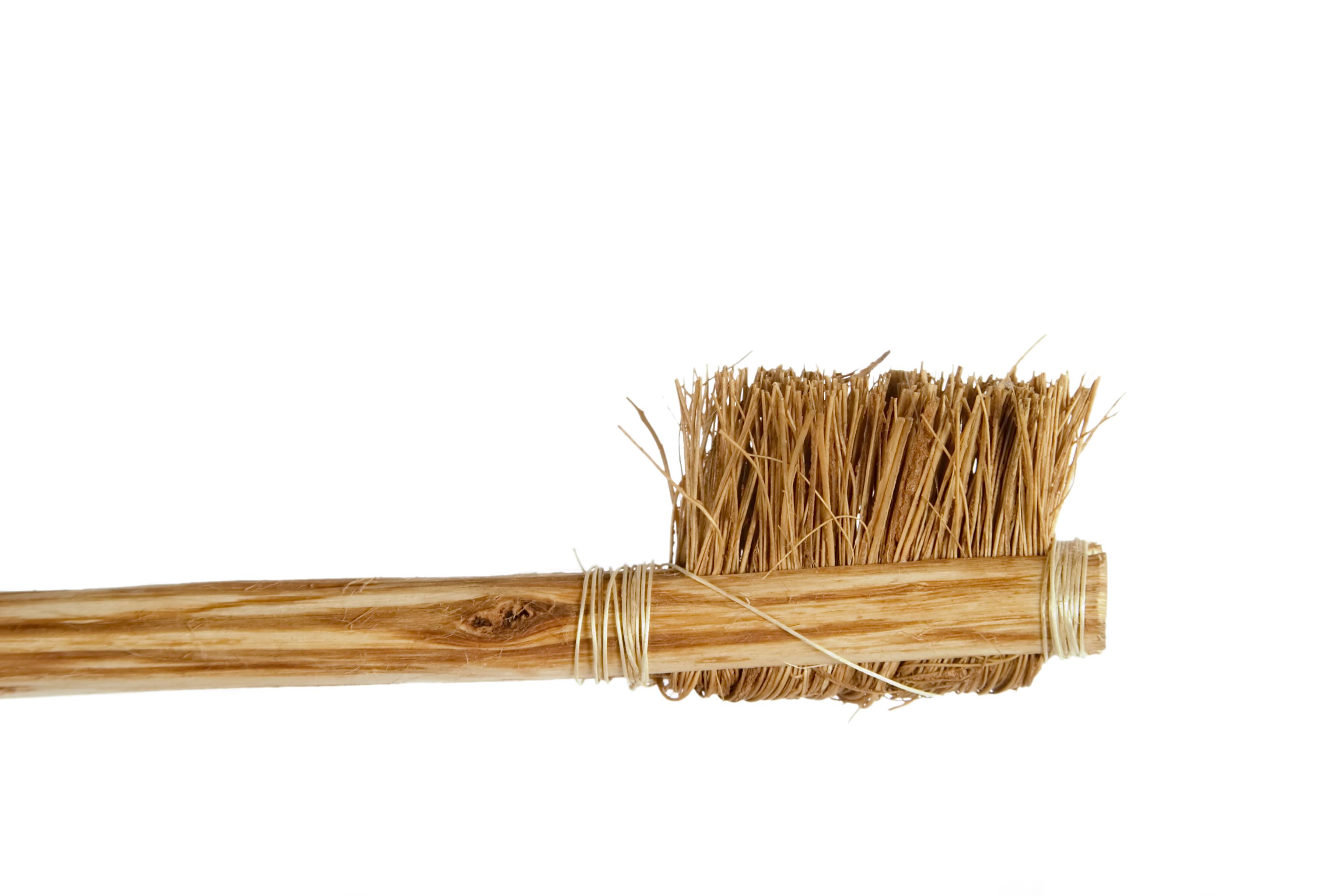
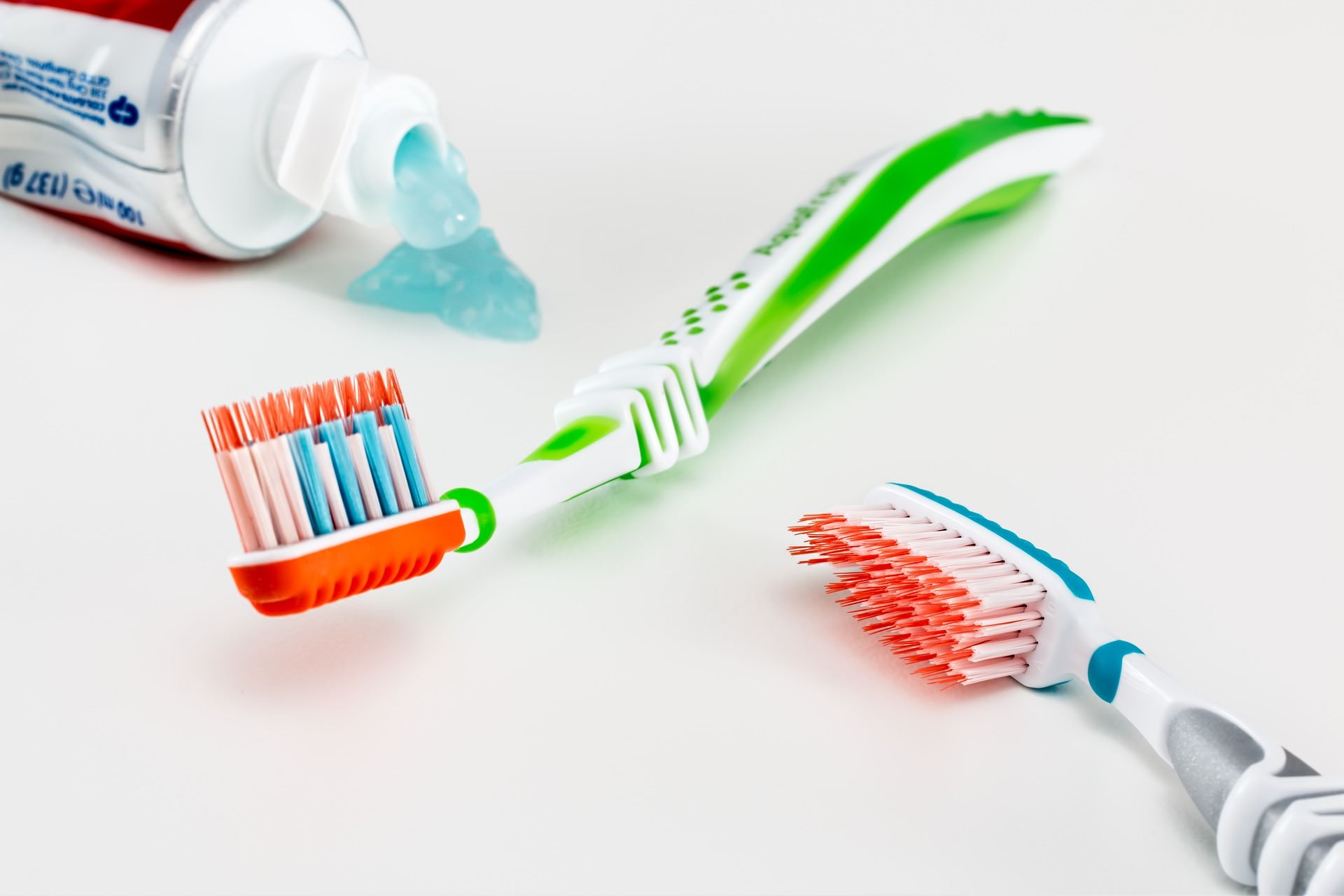
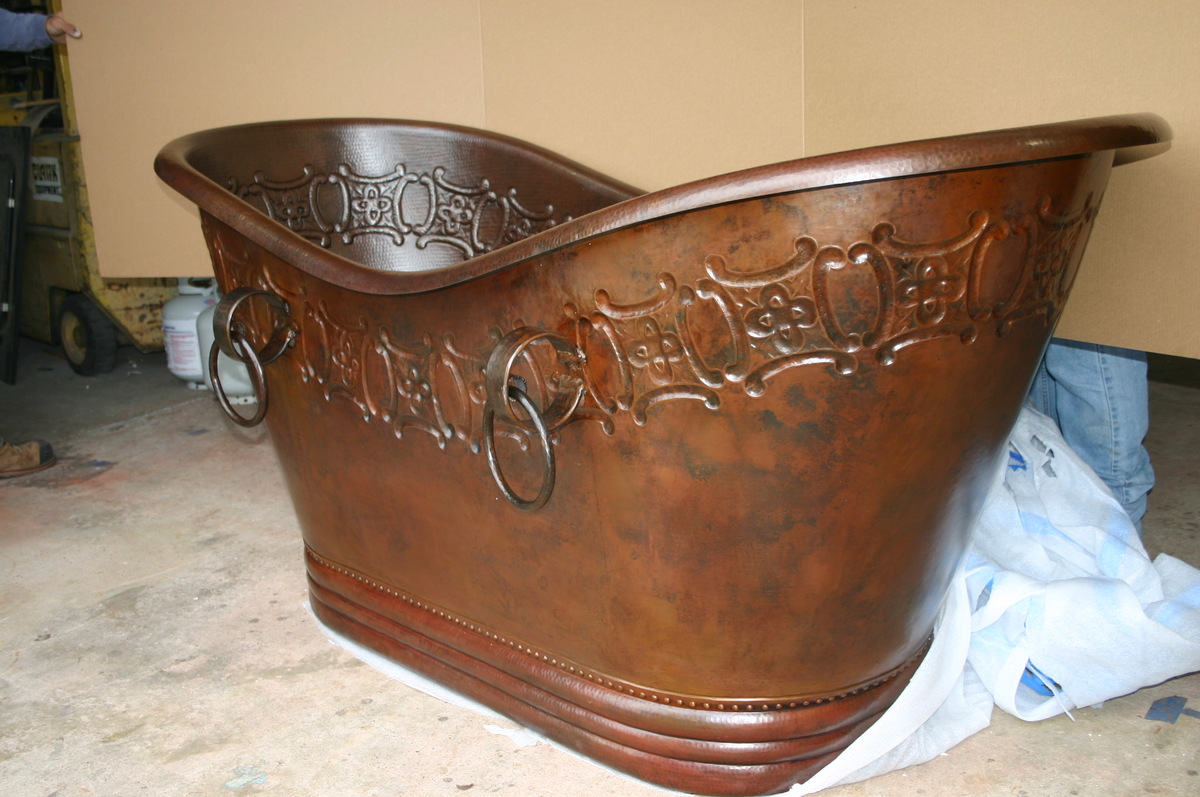


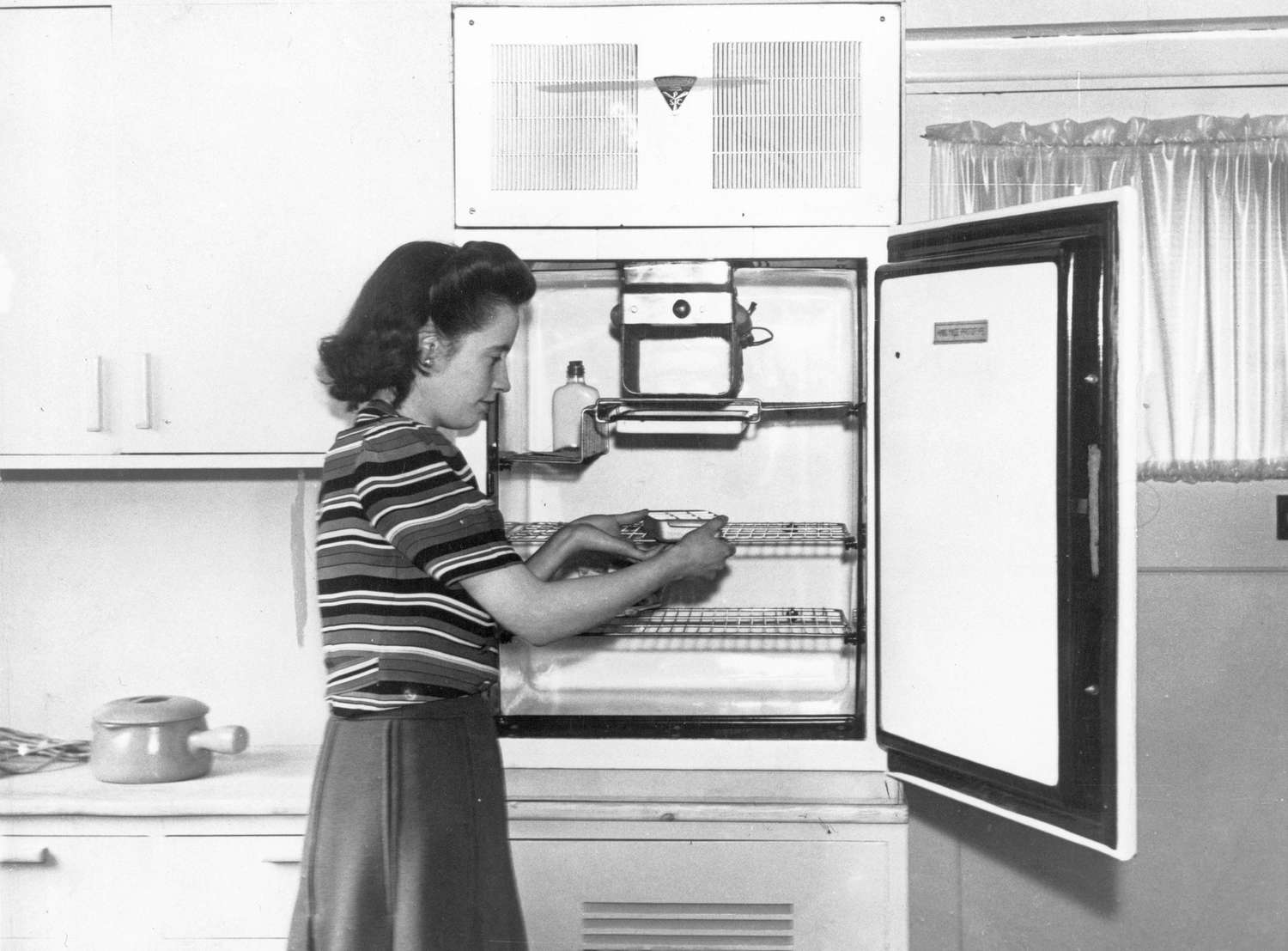





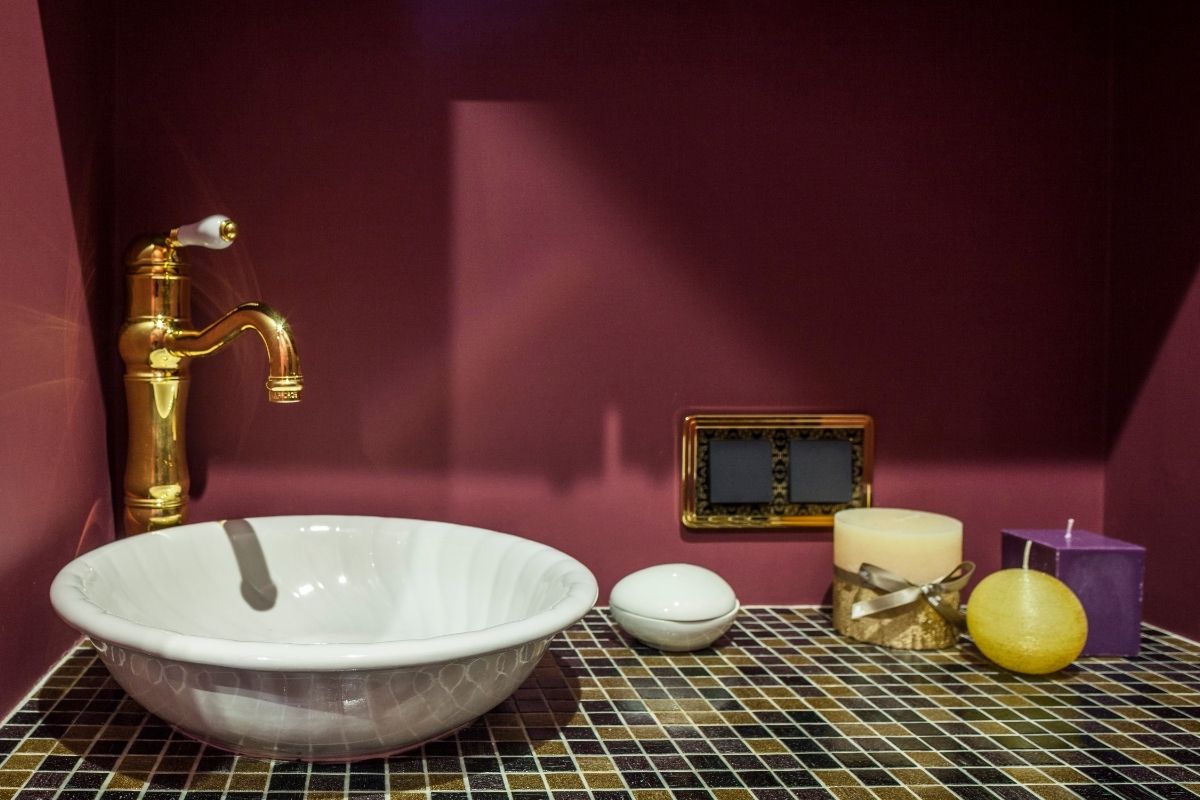
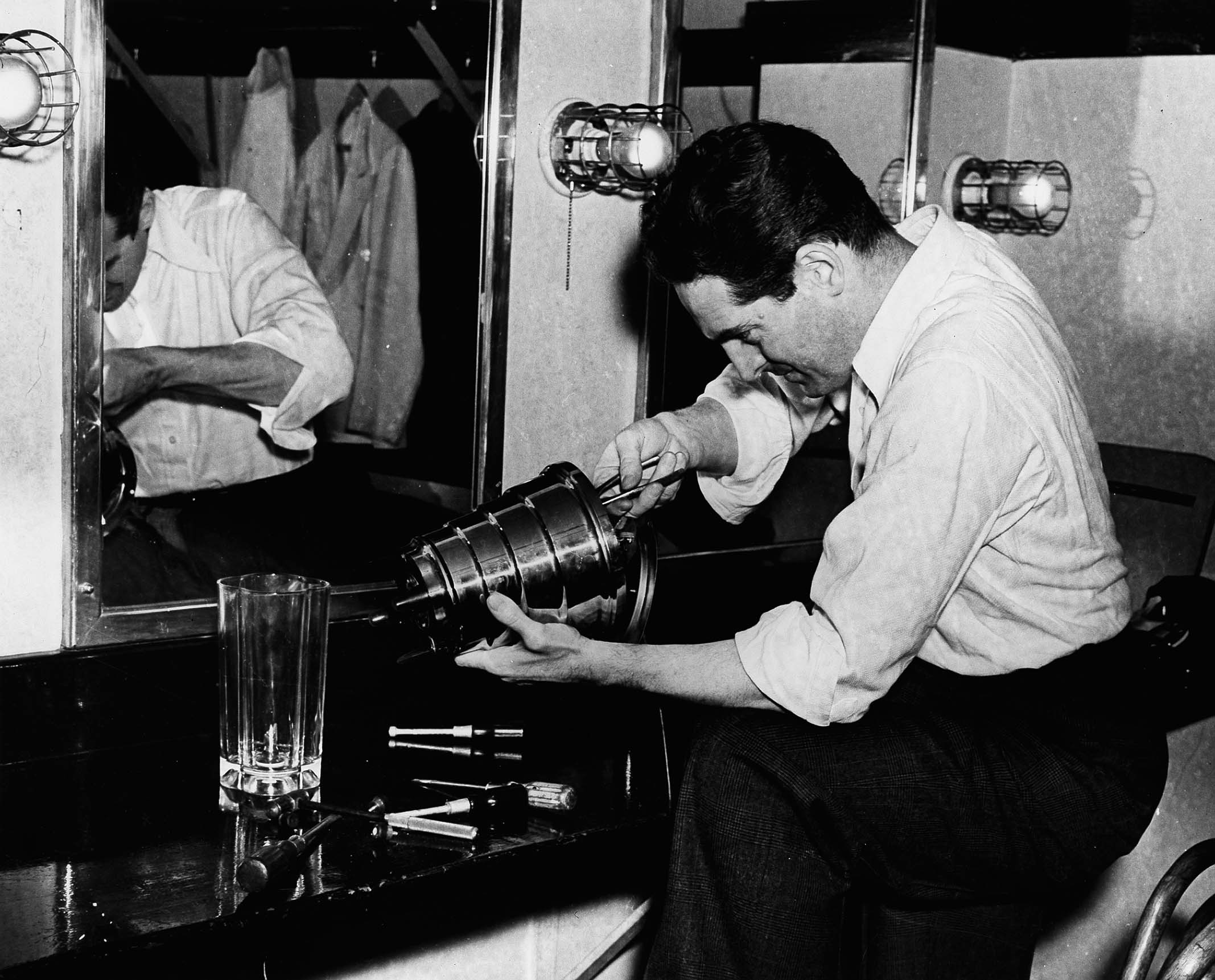
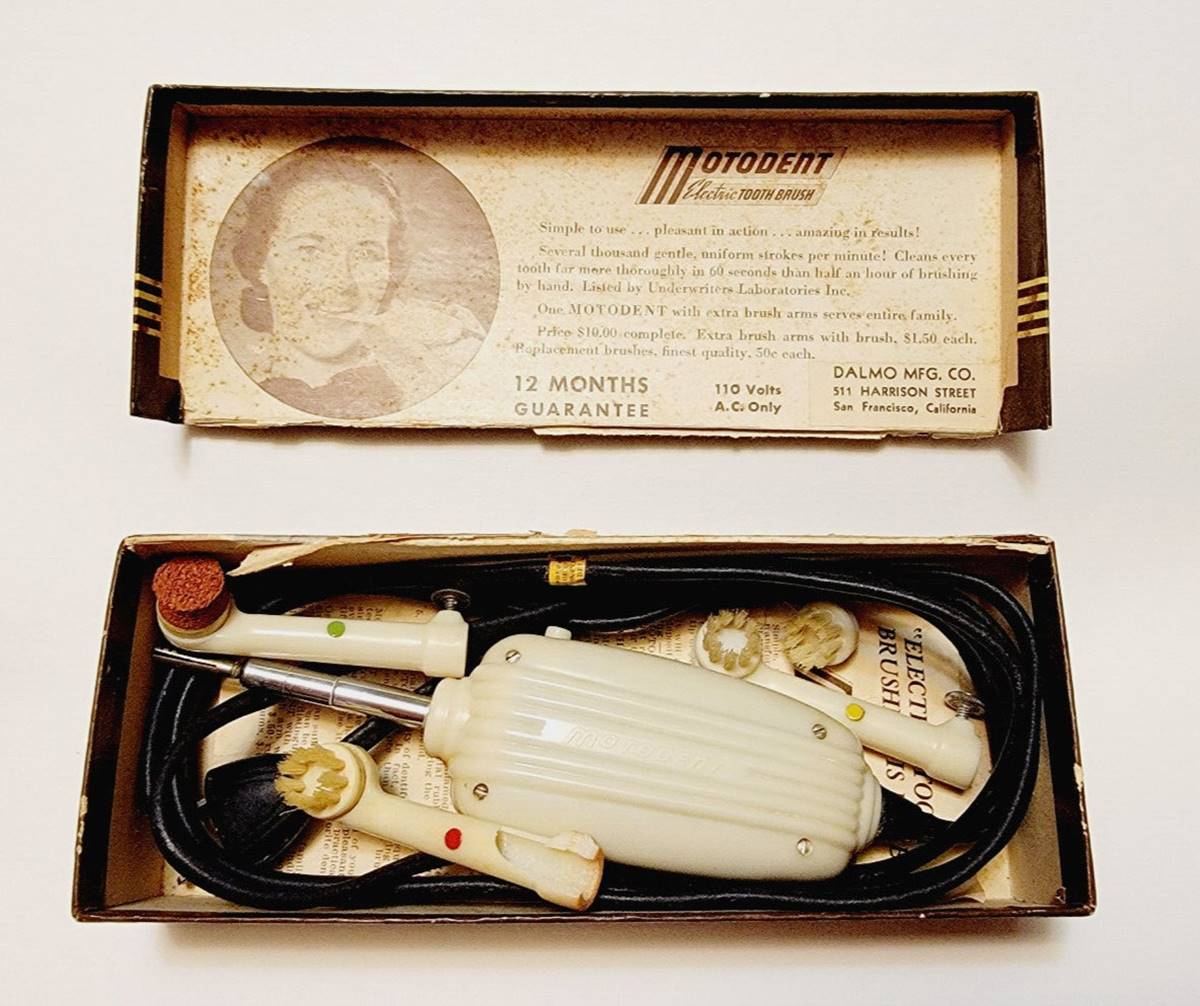

0 thoughts on “When Was The Toothbrush Invented”